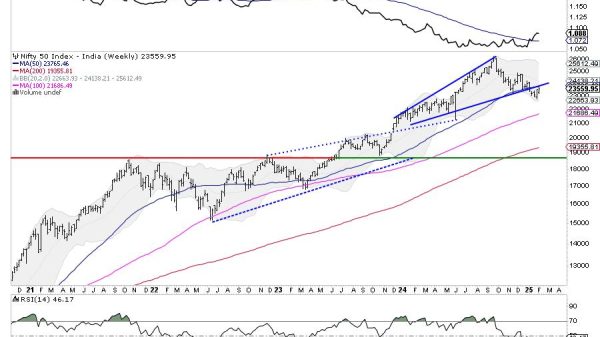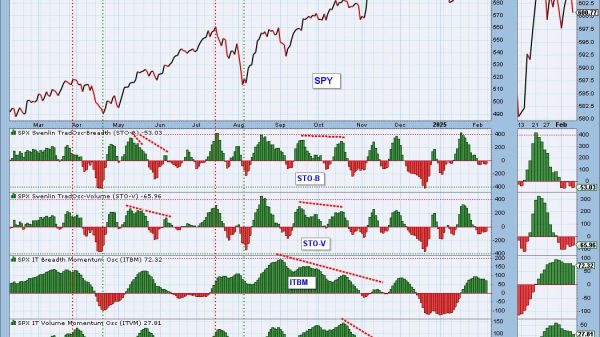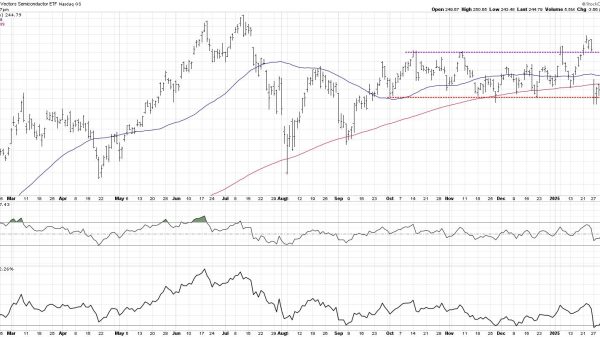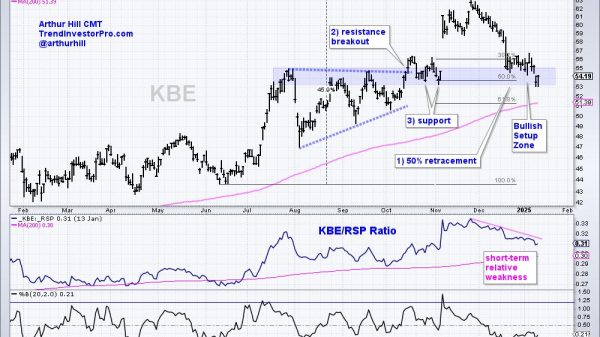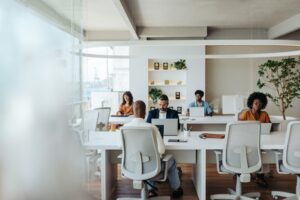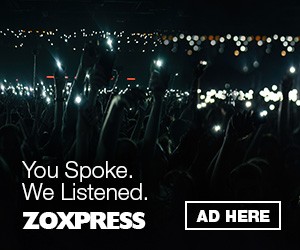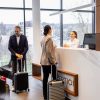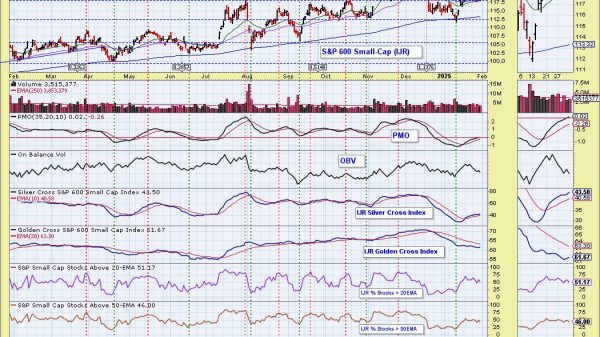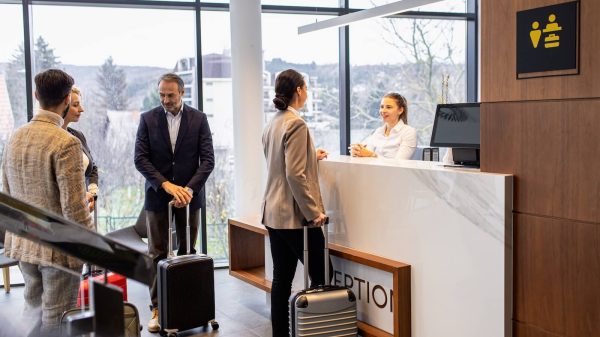
Workspaces are evolving as hybrid work models become more prevalent. Companies are redesigning traditional office environments to support a flexible workforce, requiring strategic approaches to maintain productivity and collaboration.
The transformation of workspaces is influencing business operations. As hybrid work models gain popularity, companies are adjusting their office spaces to meet new requirements. By incorporating flexibility into design, organisations can create environments that accommodate various working styles. This shift signifies a move towards embracing change and innovation in office design. For businesses in the capital, an Office Fit Out in London can be a strategic move to align with these evolving trends.
Understanding hybrid work models and their advantages
Hybrid work models blend in-office and remote work, offering flexibility to both employees and employers. This approach allows individuals to work where they are most productive, whether at home or in the office. By providing this option, businesses can enhance employee satisfaction and attract talent seeking balance in their professional lives.
Beyond flexibility, hybrid work environments contribute to increased productivity and reduced overhead costs. With fewer employees in the office daily, businesses can downsize their physical footprint, saving on rent and utilities. This efficiency translates into significant financial benefits, making hybrid models appealing for long-term sustainability.
Moreover, hybrid work supports a healthier work-life balance, reducing burnout and improving overall well-being. Employees who can tailor their schedules are likely to experience increased job satisfaction and engagement. Consequently, businesses implementing these models often see enhanced team morale and retention rates.
Designing flexible workspaces for diverse needs
Creating a flexible workspace requires thoughtful design that accommodates various working preferences. Key elements include adaptable furniture, modular layouts, and collaborative zones that foster interaction among team members. Such designs enable seamless transitions between individual tasks and group activities.
The importance of flexibility extends beyond physical layout to technological integration. Modern offices must equip employees with the necessary tools to connect remotely and in person. Investing in high-quality audio-visual equipment and reliable internet connectivity ensures smooth communication across different settings.
Additionally, incorporating wellness-focused design elements can significantly impact employee health and productivity. Natural lighting, ergonomic furniture, and access to outdoor spaces contribute to a positive workplace atmosphere. By prioritising these features, businesses can create environments that support both mental and physical well-being.
Innovative solutions in modern office design
As technology evolves, so do the possibilities for innovative office designs. Businesses are increasingly leveraging smart technology to enhance productivity and streamline operations. Examples include automated lighting systems that adjust based on occupancy levels and intelligent climate control for optimal comfort.
Another trend is the incorporation of virtual collaboration tools that enable seamless communication among remote teams. These platforms facilitate real-time interaction, ensuring employees remain connected regardless of location. By embracing such technology, companies can maintain high levels of collaboration and teamwork.
Furthermore, flexible meeting spaces equipped with advanced conferencing solutions cater to diverse needs within hybrid models. These areas support both formal presentations and informal brainstorming sessions, promoting creativity and innovation among employees.
Balancing aesthetics with functionality in office design
A successful office design balances aesthetics with practicality, creating visually appealing yet functional spaces. Strategic use of colour schemes can influence mood and productivity levels among employees. Incorporating natural elements like plants further enhances the aesthetic appeal while promoting air quality.
Interior design plays a crucial role in supporting employee well-being through thoughtful space planning. Designing open areas encourages interaction between colleagues while quiet zones provide refuge for focused tasks. This harmonious blend caters to varying preferences within the workforce.
The integration of art installations or unique architectural features adds personality to office spaces without compromising functionality. These elements serve as conversation starters, fostering creativity among teams as they navigate their daily tasks.
Read more:
Adapting workspaces for future hybrid models






